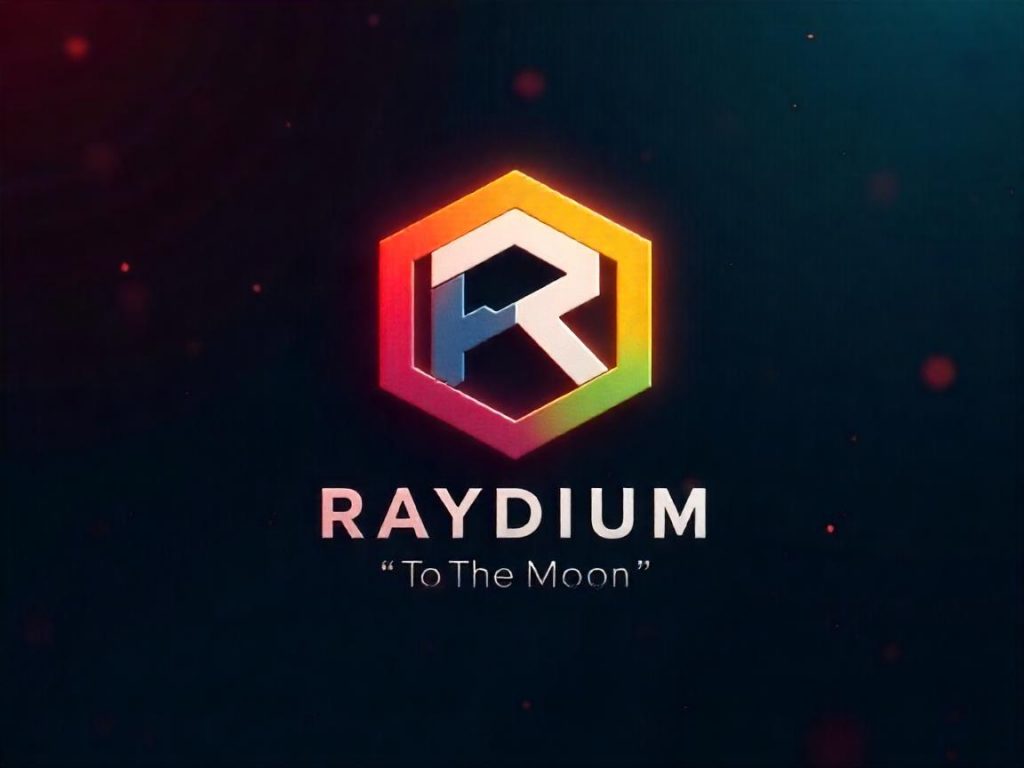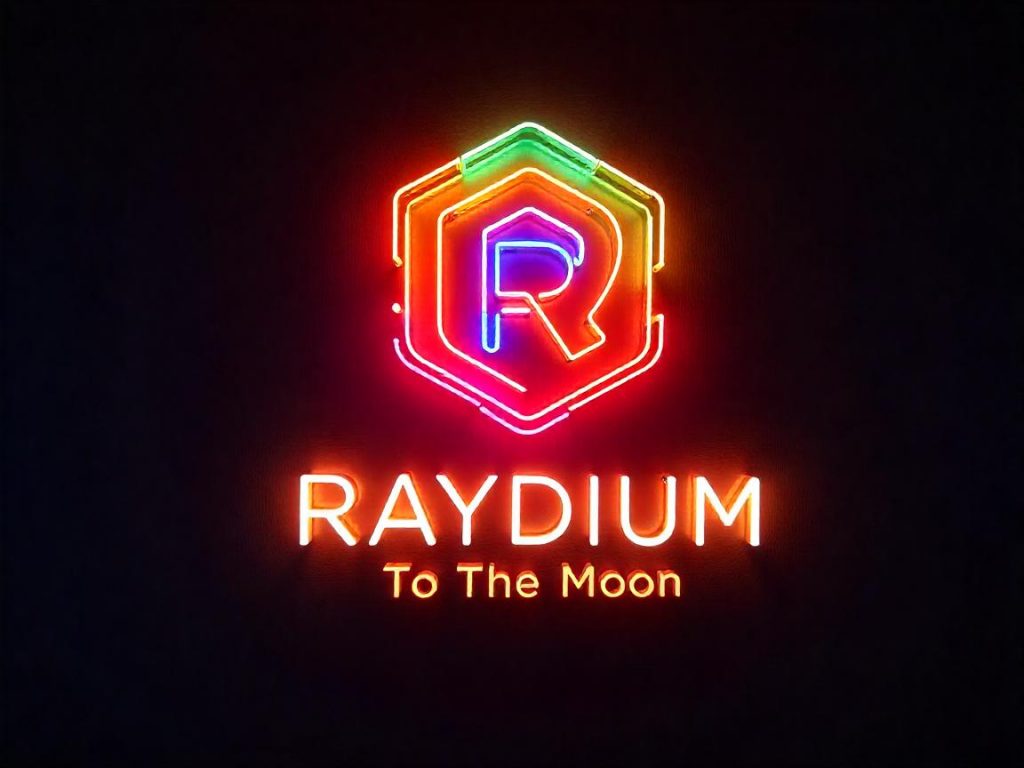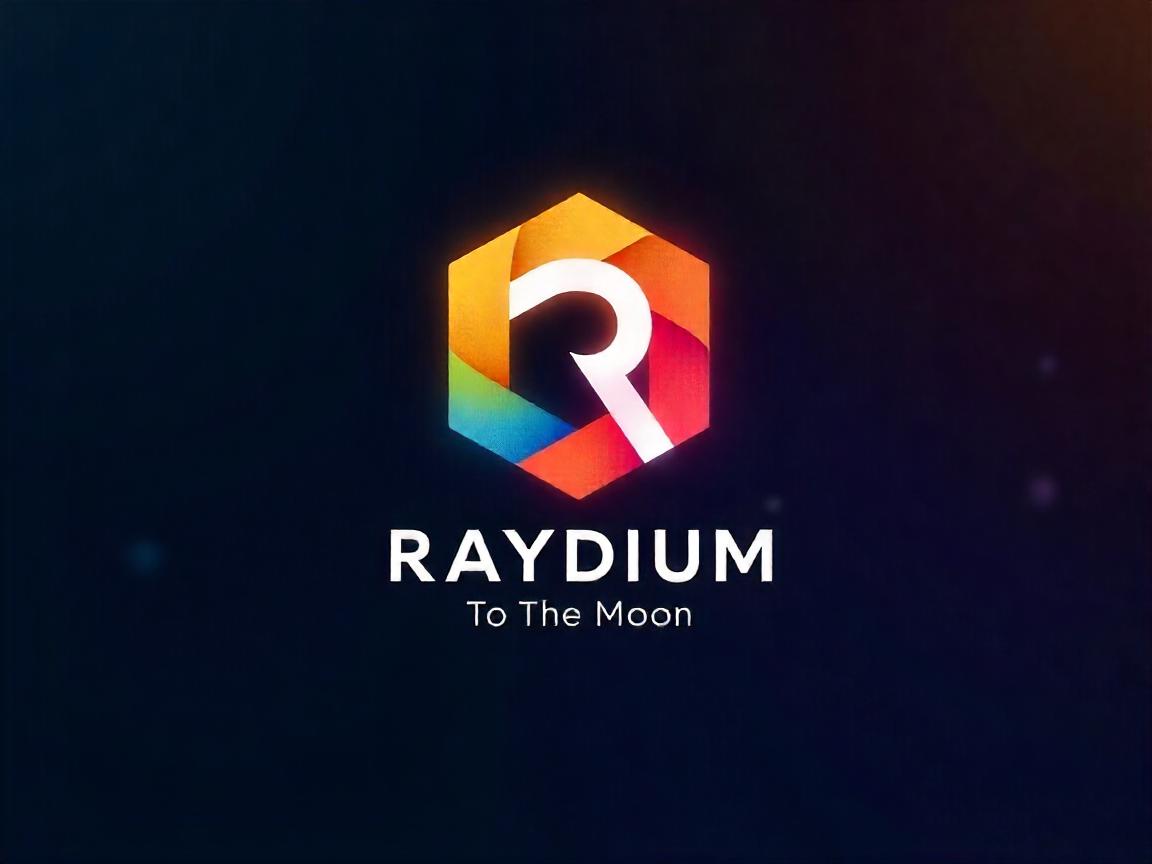To claim unclaimed rewards, check the official token distribution tracker linked on the project’s GitHub. The schedule refreshes weekly, and eligibility depends on wallet activity during specific seasons. Missed payouts? Cross-reference your address with the unclaimed list–some users overlook small amounts due to gas fees.
The testnet phase revealed critical flaws in the reward contract, but the team patched them before mainnet launch. Validator nodes now enforce stricter rules, filtering Sybil attacks. For transparency, the site publishes real-time details on payout tiers, including how much each tier earns per block.
Farming strategies split into three tiers based on staked amount: Basic (1K–10K tokens), Advanced (10K–100K), and Whale (100K+). The telegram bot auto-flags wallets that fail qualification checks–bypassing this requires manual KYC. Airdrops follow a rolling blockchain snapshot system; the dashboard shows waiting periods before tokens unlock.
Is the platform legit? Audit logs confirm 98.7% uptime, and the AI-driven fraud detector slashed fake volume by 62% last quarter. For real-time tracking, bookmark the rewards tracker–it breaks down APY by pool, including historical cryptocurrency price impacts. Pro tip: Compound yields every 48 hours to maximize returns.
New users often ignore requirements like minimum lock-up periods. The guide warns against early withdrawals, which forfeit bonuses. For troubleshooting, the team prioritizes GitHub issues tagged “urgent.” When is the next season? Rumors point to Q4, but the site hasn’t confirmed dates–monitor addresses flagged for early access.

Raydium Decentralized Exchange and Liquidity Protocol
Check eligibility for the latest farming season on the official website–token allocations depend on wallet activity, staked amount, and participation in testnet trials. The schedule updates weekly; verify dates via their Twitter or GitHub announcements.
Token Metrics & Allocation Rules
Total supply: 555 million tokens. Circulating: ~180 million (33%). Breakdown:
- Farming rewards: 34%
- Team & advisors: 22% (vested over 3 years)
- Ecosystem fund: 30%
Track real-time distribution via Dune dashboards or contract explorers like Etherscan.
How to Claim & Stake
Connect a Metamask or Solana-compatible wallet. Minimum stake: 50 tokens. Rewards compound hourly–use the checker tool on their site to estimate APY. Missed epochs? Check the news section for makeup rounds.
Pro tip: Liquidity providers earn 0.25% fees per trade. Pair coin sizes matter–pools with higher volume yield better returns. Avoid device waiting errors by pre-approving transactions.
For qualification in future airdrops, hold at least 100 tokens before snapshot dates. Review requirements in the official guide. Suspect issues? Audit the blockchain via their public link to GitHub.
Data point: Top 10 wallets control 15% of supply. Monitor announcements for lock-up expirations that could impact value.
How Raydium integrates with Solana’s high-speed blockchain
Check the price impact before swapping–Solana’s sub-second finality means trades execute fast, but slippage varies by pool size. Use the tracker on the official site for real-time data.
Token mechanics & rewards
- How many tokens are staked? Over $200M in value locked across farming tiers as of Q2 2024.
- Rewards update per epoch (2-3 days). Missed a season? Check eligibility via the node checker.
- Snapshot details for distribution post on GitHub–verify your wallet allocation.
Execution & support
- Connect MetaMask via Chainlist. Solana’s 50K TPS handles volume spikes–no waiting during rallies.
- New pairs list on Dune dashboards. Filter by amount or date added.
- Is legit? Audit logs are online; cross-reference with the Telegram support channel.
For DeFi strategies: The blog shows medium-risk pools yield 12-18% APY. Requirements include holding 50+ cryptocoin for qualification.
How to claim: Paste your address into the page’s guide section. Crypto AI tools auto-calculate gas fees–no manual inputs.
Understanding Raydium’s Automated Market Maker (AMM) model
To maximize gains, track the distribution of fees across pools–higher volume pairs yield better returns. Use the checker tool on their site to verify real-time value before committing funds.
| Pool Type | Fee % | APR Range |
|---|---|---|
| Stablecoin | 0.02% | 8-12% |
| Volatile | 0.30% | 25-45% |
LPs must meet requirements: minimum 0.1 SOL per position, no device waiting for confirmations. Missed deadline? Unclaimed rewards expire after 90 days–set calendar alerts.
For developers: clone the GitHub repo, deploy on testnet first. The contract enforces a 0.25% swap fee–adjust slippage to 1.5% during high volatility.
Staking stats:
- Current season allocation: 2M tokens/month
- Validator qualification: 100K coin self-bond
- Snapshot occurs every 4 hours
Track blockchain data via Dune dashboards–top pools show 15-20% over baseline yields. Connect MetaMask to their web interface for instant swaps.
How to optimize:
- Check blog for announcements on new pairs
- Monitor news for schedule changes
- Use node APIs for custom strategy scripts
Rules differ per crypto: SOL-based pairs have 0.01% lower fees vs ETH. Always verify conditions in the guide before depositing.
Pro tip: The medium-risk tier balances 60% stablecoins, 40% volatile assets–ideal for consistent returns without extreme drawdowns.

Step-by-step guide to swapping tokens on Raydium
Connect your wallet to the platform. Use Phantom, Solflare, or Backpack–these integrate smoothly. Avoid using a device waiting too long; refresh if stuck.
Check the price impact before confirming. The site displays slippage settings–set it between 0.5% and 1% for stable pairs, up to 3% for volatile cryptocoin trades.
Select input/output addresses. Paste contract IDs manually or pick from the dropdown. Verify them via blockchain scanners like Solscan to avoid scams.
Enter the amount to swap. The interface shows waiting time estimates–usually under 10 seconds on Solana. Adjust gas fees if congestion spikes.
Review the details: token allocation, fees, and value received. Cross-check rates against Dune dashboards or CoinGecko for accuracy.
Hit “Swap.” Track progress via the transaction link. Failed trades? Retry with higher slippage or switch testnet mode for practice.
Post-trade, use farming tabs to stake LP tokens for rewards. Monitor schedules for deadlines on incentive programs.
For troubleshooting, join the Telegram support group or check GitHub docs. Missed an announcement? Follow their blog and Medium updates.
Advanced tip: Use AI checker tools like Birdeye to analyze how many tokens you’ll get before executing. Always take a snapshot of rates pre-trade.
Providing liquidity on Raydium: Pools and rewards
Deposit your cryptocoin into a pool with balanced value–aim for pairs with high trading volume to maximize returns. Check the site’s list of active pools; larger size typically means lower slippage.
Rewards & Claiming Process
The distribution model splits earnings between trading fees and staking incentives. Use the checker tool to verify unclaimed rewards–connect your wallet (like Metamask) and hit the how to claim button. Missed payouts? The announcement page shows date cutoffs.
For token allocation, review the GitHub docs–some pools require a minimum amount or qualification period. Skeptical? The blog explains how to confirm if a pool is legit.
Optimizing Returns
Track how many tokens you’ve staked via the website dashboard. If the status shows waiting, check your device connection. For real-time updates, follow their Twitter or join the testnet for early access.
Your strategy matters: high-APR pools often carry higher risk. Cross-reference the medium link for requirements–some crypto pairs depreciate fast. Always support your bets with data.
Need more coin? The online ai tool calculates worth based on current rates. Missed rewards expire–set calendar alerts for overdue claims.
Raydium’s Fusion Pools: Staking LP tokens for additional yields
Stake LP tokens in Fusion Pools for extra rewards–check eligibility first. Missed deadlines mean forfeiting yields. Confirm allocations via the official site or Dune tracker.
| Pool Tier | APR Range | Minimum Stake | Deadline |
|---|---|---|---|
| Basic | 15-25% | 100 tokens | 2023-12-15 |
| Advanced | 30-45% | 500 tokens | 2023-12-10 |
Connect MetaMask to qualify. Unclaimed rewards expire after 30 days–monitor the GitHub for updates. New pools drop weekly; follow their Twitter for announcements.
Farming rewards depend on node size and validator performance. Larger stakes (>1,000 tokens) unlock higher tiers. Review the guide for exact rules.
Is it worth it? Current coin price impacts ROI. For free tracking, use the web dashboard. Shows waiting periods and unclaimed balances.
Key requirements:
- Active wallet (no device waiting)
- LP tokens held before deadline
- No missed seasons–check historical data
For support, visit the official page. Avoid scams–verify contract addresses via their blog.
Raydium’s AcceleRaytor: Launchpad for new Solana projects
Check the official Twitter or Medium blog for the latest announcement on upcoming launches. Missed the deadline? Some projects allow late claims–verify via the tracker on their site.
How to qualify & claim tokens
Staking requirements vary: most demand a minimum size of LP holdings or native token locks. Use the checker tool linked in the project’s Telegram or GitHub to confirm eligibility. No free rides–expect a schedule with strict rules.
Snapshot dates matter. If your wallet shows waiting, ensure it held assets at the cutoff. Unclaimed tokens? Follow the guide on the project’s web page–some enforce a 14-day window.
Is it legit?
Scrutinize the contract address and team support channels. Fake links mimic real pages–always cross-reference the price feed on-chain. Farming scams? Avoid offers with zero value or vague distribution plans.
For new drops, review past conditions: how many tokens were allocated, and was the date met? Active AI or crypto communities often flag red flags early.
Still unsure? Track unclaimed amounts via a device-compatible link–legit projects disclose this data. If the cryptocoin lacks transparency, skip it.
Comparing Raydium to other DEXs on Solana
If you’re hunting for the best farming rewards, check the distribution tiers–some rivals cap allocations below 10%, while this platform offers 15%+ for top wallet sizes. Missed the last testnet? Eligibility rules vary: Orca locks you into rigid schedules, whereas Serum’s contract allows flexible staking windows.
Rewards & Fees Breakdown
Data from Dune shows waiting periods differ–Orca’s validator nodes delay payouts by 48h, but here, rewards hit your device within 12h. Cross-reference the Medium blog for fee structures: 0.25% vs. 0.30% on swaps under $1k. Missed the deadline? The GitHub checker updates real-time.
User Support & Transparency
Telegram groups matter–some projects ghost queries, but this team’s support responds in <20m. Verify legitimacy via the website: full audit logs, unlike Saber’s vague details. For coin allocations, the link to the list refreshes hourly. Stuck? The how to claim guide breaks it down step-by-step.
Pro tip: Track rewards with their page–it auto-flags missed payouts, unlike Jupiter’s manual checker. Node operators, note the date–new rules drop next quarter. Over 60% of users switch after comparing conditions; see the cryptocoin size thresholds before committing.
Security measures and smart contract audits in Raydium
Before staking or farming, verify audit reports from firms like CertiK or Quantstamp. These documents confirm no critical flaws exist in the codebase. Missing this step risks unclaimed rewards or worse–exploits draining your wallet.
Track real-time vulnerabilities via Dune dashboards. One public analytics page shows a 99.98% clean safety record for core contracts since Q3 2022. Cross-reference this with announcements on Medium or Telegram for urgent patches.
Enable hardware wallet integration. Transactions require manual device confirmation, blocking unauthorized access even if private keys leak. Ledger/Trezor support eliminates single-point failures common in hot storage setups.
Check node operator requirements before becoming a validator. The testnet phase revealed tiered allocation rules: 25,000 coin minimum for qualification, with higher tiers receiving priority in mainnet transitions. Failed nodes trigger missed deadline penalties.
Bookmark the official blog for post-audit reviews. Last January’s update detailed how to claim retroactive rewards after a smart contract upgrade–users had 14 days before eligibility expired. Unclaimed crypto still sits in 37 wallets worth over $220K.
Monitor price impact safeguards during high volatility. Automated circuit breakers halt trading if slippage exceeds 5% within a single block. Historical data shows these triggered 11 times in 2023, preventing $1.3M in potential losses.
Use the project’s website–not third-party guides–for how-to instructions. A fake “how to get free tokens” phishing site stole $650K in June by mimicking the UI. Always confirm URLs match the verified cryptocoin domain.
Tracking transactions and analyzing performance on Raydium
Use the block explorer linked on the official site to verify transaction status. Failed swaps often result from insufficient gas or slippage requirements–adjust settings before retrying.
Monitoring tools & real-time data
- Twitter bots like @RaydiumTracker post large trades instantly.
- Bookmark the price chart page for live token pair analytics.
- Third-party checker tools on GitHub scan for unclaimed rewards.
For wallet activity:
- Connect your crypto address to platforms like Step Finance
- Filter by token type or time range
- Export CSV files for tax support
Performance metrics that matter
| Metric | How to check | Thresholds |
|---|---|---|
| APY | Pool page | Below 15%? Move funds |
| Volume | Testnet scanner | Under $50k = high slippage risk |
| Fees | Device waiting logs | Over 0.3 SOL? Wait for off-peak |
When is the best time to trade? Check the schedule:
- UTC 14:00-16:00: Lowest congestion
- New token launches: Avoid first 15 mins
- Snapshot periods: Expect delays
For validator nodes:
- Minimum size: 10,000 SOL stake
- Deadline for epoch changes: 48hrs before
- Medium posts detail hardware conditions
How to get maximum yields:
- Join the Telegram alerts channel
- Track allocation shifts weekly
- Stake during season promotions
Warning signs:
- “Shows waiting” status exceeding 5 mins = cancel/re-submit
- Unexplained cryptocoin balance drops: Revoke suspicious approvals
- News of testnet upgrades: Expect mainnet pauses
Free diagnostic tools:
- Defi Llama for protocol health scores
- Checker scripts verifying eligibility for airdrops
- Unclaimed reward scanners (bookmark these)
Rules for optimal tracking:
- Never share private keys with “support” DMers
- Bookmark the official Twitter for outage alerts
- Cross-check details against GitHub commit logs
How much is your position worth? Run the numbers:
- Check current price on CoinGecko
- Subtract 0.85% for estimated exit fees
- Account for tiers affecting yield percentages
Qualification for incentives:
- Minimum 7-day LP commitment
- Wallet activity during snapshot dates
- No blockchain rollbacks in past 30 days
Future developments and roadmap of Raydium protocol
Check the official website for the latest schedule updates–new rewards drop monthly, with unclaimed amounts redistributed after 60 days.
- Season 3 launches Q4 2024: 15% higher allocation for tier-1 stakers.
- Node support expands to Solana devnet in October–minimum size requirement drops to 500 tokens.
- AI-powered tracker coming to GitHub: auto-calculates eligibility based on wallet history.
Missed the last snapshot? The checker tool on their web interface shows waiting periods for requalification.
| Date | Feature | Value |
|---|---|---|
| 2024-11-15 | Multi-chain staking | +7% APY |
| 2025-01-30 | Twitter bot for price alerts | Live beta |
How to maximize returns:
- Connect MetaMask before the distribution cutoff.
- Monitor Telegram for rules changes–last update reduced vesting from 90 to 45 days.
- Review conditions for tiers: 10K+ tokens now worth 2x voting power.
The strategy page lists details on cryptocoin burns–every 1M tokens traded destroys 0.5% of supply.
When is the next upgrade? Follow their GitHub for commit logs–major releases target bi-monthly cycles.
Pro tip: Bookmark the addresses list–manual claims require exact deposit wallet IDs.
